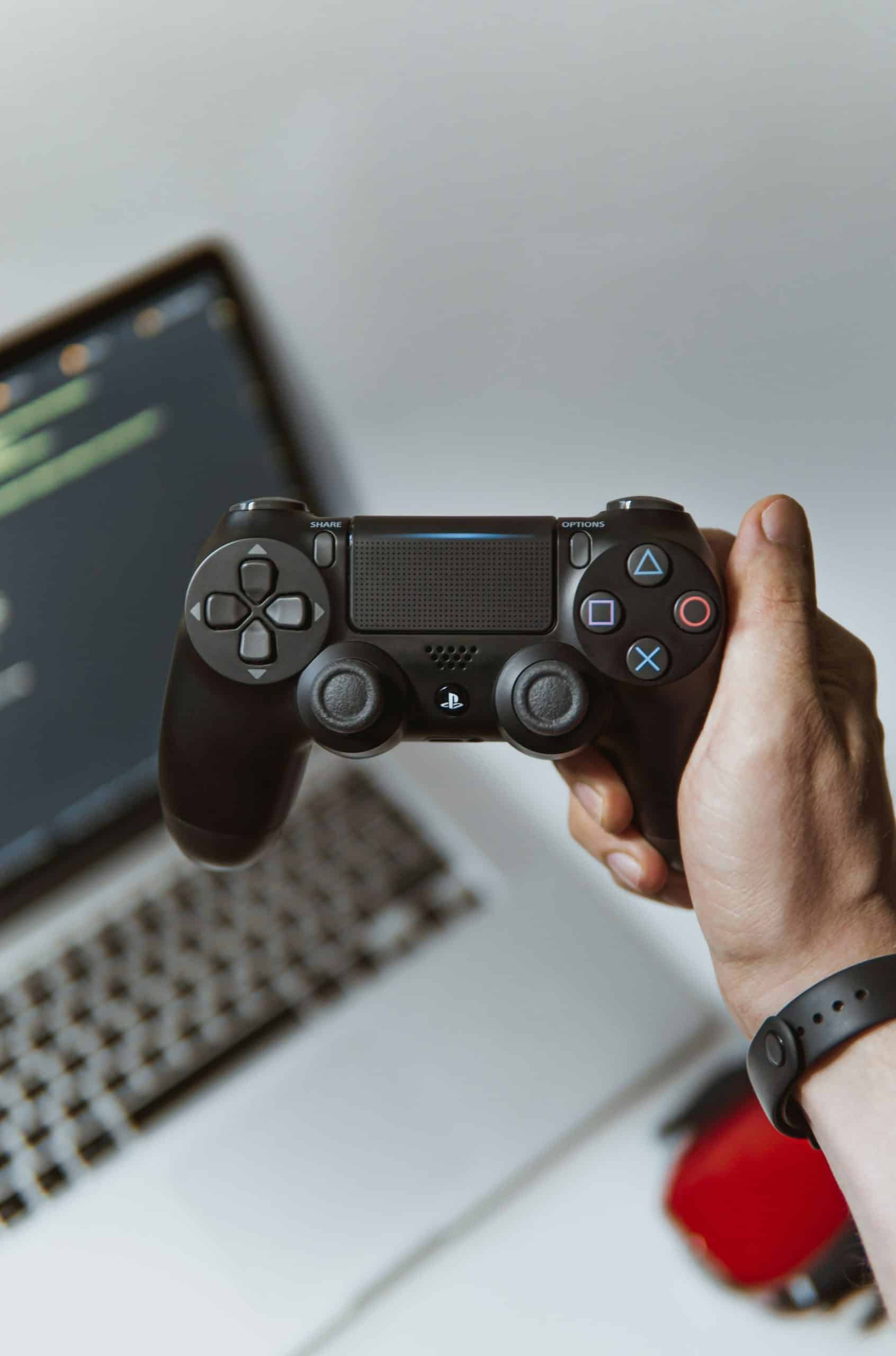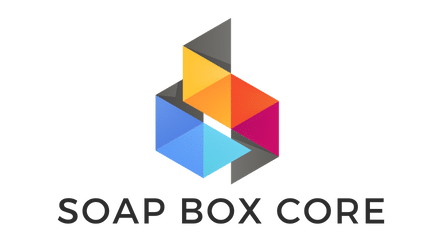
What are the best practices for integrating social media features into gaming apps?
In the dynamic landscape of gaming apps, integrating social media features has become essential to enhancing user experiences, boosting engagement, and fostering community. As we navigate through 2024, the seamless amalgamation of social connectivity within gaming applications is more critical than ever. This article elucidates the best practices for incorporating social media features into your gaming app, ensuring your audience remains engaged and your app stays competitive.
Enhancing User Engagement through Social Media Integration
When it comes to integrating social media features into gaming apps, the primary goal is to enhance user engagement. This involves creating a social ecosystem where players feel connected, share their achievements, and invite friends to join their gaming adventures.
A lire en complément : How can developers use eye-tracking technology to enhance user experience in FPS games?
One of the fundamental practices is to incorporate social media login options. Allowing players to sign in via Facebook, Twitter, or Google simplifies the onboarding process, reduces friction, and encourages quick account setups. This convenience often leads to higher retention rates.
Moreover, integrating a seamless sharing functionality can significantly boost user interaction. By enabling users to share their in-game achievements, high scores, or game clips directly to their social networks, you encourage organic marketing. This not only increases the game's visibility but also motivates other players to achieve similar milestones.
A voir aussi : What are the best techniques for optimizing game load times on mobile devices?
Another effective strategy is to implement social leaderboards. These leaderboards, which show players' rankings relative to their friends or the global player base, can foster a healthy competitive spirit. It encourages players to stay engaged and strive to climb the rankings, thus increasing their time within the app.
Lastly, consider integrating in-game chat features. This allows players to communicate, strategize, and build connections within the game's ecosystem. An in-game chat can be linked to social media accounts, enabling players to invite friends directly from their social networks to join the game.
Building Community and Fostering Loyalty
Creating a strong community around your gaming app is essential for long-term success. Social media features play a crucial role in building this community and fostering loyalty among users.
One of the best practices is to set up official social media pages and groups for your game. These platforms serve as hubs where players can discuss strategies, share fan art, and stay updated with the latest news and updates. Regularly engaging with your audience through these channels, responding to their queries, and acknowledging their contributions can build a loyal community.
Another effective method is to host social media contests and challenges. By encouraging players to participate in these contests, share their progress, or vote for their favorite submissions, you create a buzz around your game. This not only keeps the existing players engaged but also attracts new users who want to be part of the excitement.
User-generated content is another powerful tool. Allow players to create and share their content within the game and on their social media profiles. This could be anything from custom levels, character designs, or game mods. Highlighting the best user-generated content on your official channels can incentivize creativity and deepen user investment in the game.
Additionally, consider implementing reward systems linked to social media activities. For instance, offering in-game rewards for players who share their achievements or invite friends to join can motivate users to spread the word. These rewards can range from exclusive skins, power-ups, to virtual currency, making the sharing process mutually beneficial.
Seamless Integration for Enhanced User Experience
For social media features to be effective, their integration into the gaming app must be seamless. A poorly executed integration can disrupt user experience and lead to frustration. Therefore, the key is to ensure these features are intuitive and unobtrusive.
One of the best practices is to focus on user interface design. Ensure that social media buttons are easily accessible but not intrusive. They should be integrated into the game's interface in a way that feels natural and enhances the overall experience. For instance, a share button that appears after achieving a high score or completing a level can prompt users to share their success without feeling forced.
Performance optimization is another critical aspect. Social media features should not slow down the game or cause crashes. Rigorous testing is essential to ensure that these integrations work smoothly across different devices and operating systems. Regular updates and bug fixes can help maintain optimal performance.
Privacy and security are paramount concerns for users. Ensure that your social media integration complies with data protection regulations and that users have control over what information they share. Clear and transparent privacy policies can build trust and encourage users to connect their social media accounts.
Lastly, consider incorporating analytics tools to monitor how users interact with social media features. This data can provide valuable insights into user behavior and preferences, enabling you to refine and improve these integrations over time.
Leveraging Influencer Marketing
Influencer marketing has become an integral part of promoting gaming apps. By collaborating with popular influencers, you can leverage their reach and credibility to attract and retain users. Integrating social media features can enhance these collaborations and drive engagement.
One effective strategy is to create exclusive content with influencers. For instance, special in-game items, levels, or challenges can be designed in collaboration with influencers. These exclusive features can be promoted through their social media channels, encouraging their followers to download and engage with your game.
Hosting live streams and events with influencers can also create a buzz. Platforms like Twitch, YouTube, and Facebook Gaming allow influencers to stream gameplay, interact with their audience in real-time, and showcase your game's features. Integrating social media links within the game to these live streams can drive traffic and engagement.
Additionally, implementing social media challenges tied to influencer campaigns can encourage user participation. For example, an influencer could challenge their followers to achieve a specific milestone in the game and share their progress on social media using a branded hashtag. This can create a viral loop, driving both engagement and visibility.
It's essential to track the performance of these influencer campaigns. Use analytics tools to measure metrics such as downloads, engagement rates, and social media mentions. This data can help you evaluate the effectiveness of your collaborations and make informed decisions for future campaigns.
Continuous Improvement and Innovation
The gaming industry is constantly evolving, and so should your approach to integrating social media features. Continuous improvement and innovation are key to staying ahead of the competition and keeping your users engaged.
One of the best practices is to stay updated with the latest social media trends and technologies. Platforms like AR/VR, live streaming, and interactive stories are gaining popularity. Exploring how these trends can be integrated into your gaming app can provide fresh and exciting experiences for your users.
User feedback is invaluable for continuous improvement. Regularly solicit feedback from your users regarding the social media features in your game. This can be done through surveys, in-app feedback forms, or social media polls. Analyzing this feedback can provide insights into what works, what doesn’t, and what can be improved.
A/B testing is another effective method for continuous improvement. Experiment with different social media features, placements, and designs to see what resonates best with your audience. This data-driven approach can help you refine your integrations and ensure they are as effective as possible.
Lastly, never underestimate the power of community engagement. Engaging with your community, acknowledging their contributions, and continuously providing value can keep your users loyal and invested in your game. Regularly updating your game with new content, features, and improvements based on community feedback can demonstrate your commitment to their satisfaction.
Incorporating social media features into gaming apps is a multifaceted process that requires careful planning, execution, and continuous improvement. By enhancing user engagement, building a loyal community, ensuring seamless integration, leveraging influencer marketing, and staying innovative, you can create a compelling social ecosystem within your game.
As we move through 2024, these best practices will help you stay ahead of the curve, ensuring your gaming app remains relevant, engaging, and successful. Remember, the key to successful social media integration lies in creating meaningful connections, fostering community, and continuously evolving to meet the ever-changing needs of your audience.
